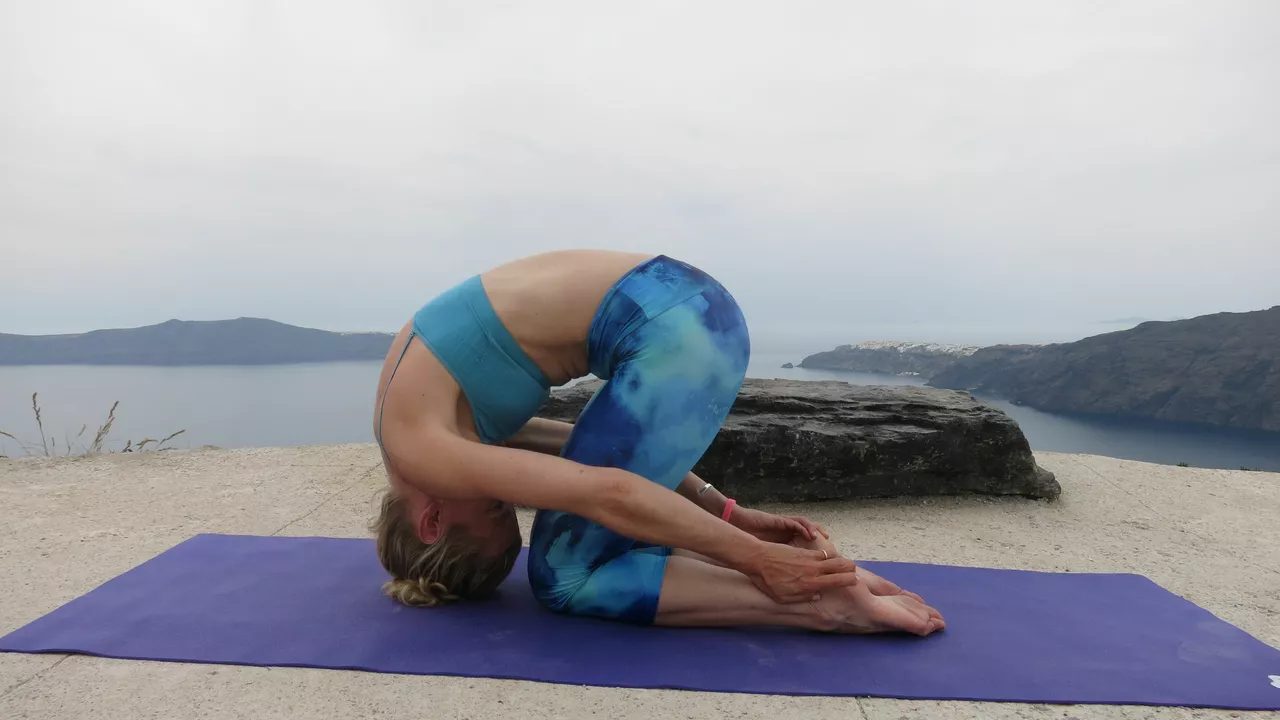Yoga Origin: Where Yoga Began and How It Reached the World
Yoga started in India and grew over thousands of years. You can trace its roots in old texts, temple sculpture and long traditions of teaching. The word "yoga" itself appears in the Vedas and later in the Upanishads. These sources describe breath control, ethics, and meditation long before yoga became a modern exercise routine.
Roots in ancient India
Early records show practices similar to yoga at least 3,000 years ago. The Vedas (sacred hymns) and Upanishads introduced ideas about inner work and breath. The Bhagavad Gita framed yoga as a path to steady action and clear mind. Then came the Yoga Sutras, usually linked to Patanjali, which organized eight limbs of practice: ethical rules, posture, breath, and meditation. Those sutras shaped classical yoga thought.
Centuries later, Hatha yoga texts appeared. Hatha focused more on asanas (poses) and breath control to prepare the body for meditation. Hatha taught practical techniques that helped yoga move from a mainly spiritual practice to one people could experience physically.
How modern yoga grew
In the 20th century, teachers in India adapted traditional methods to new needs. Teachers like Tirumalai Krishnamacharya blended old manuals with modern fitness and anatomy. His students — B.K.S. Iyengar, K. Pattabhi Jois, and T.K.V. Desikachar — each developed styles that spread worldwide. Western interest grew as visitors and immigrants brought yoga to gyms, studios, and universities. That’s why today you find both classical philosophy classes and vigorous flow sessions in the same city.
Understanding origin helps you practice with respect. Origins explain why breath, relaxation, and ethical guidelines matter, not just the poses. If you practice five minutes or an hour, knowing the background makes the time more useful.
Practical tips tied to origin: start small and be steady — even a 15-minute daily routine builds strength and focus. There’s no strict age limit; teachers can adapt the practice for kids or seniors. If you want to teach, consider a well-structured 200-hour training that covers history, anatomy, and teaching skills. And if you feel stuck on a pose, focus on basics like breath, alignment, and gradual progress instead of forcing results.
Want to connect deeper? Read translations of the Yoga Sutras or short guides on the Bhagavad Gita. Try a class that includes philosophy or pranayama (breath work), not just physical poses. When you follow a style, ask about its lineage so you know where the teaching comes from.
Yoga’s history is practical, not mysterious. It gave people tools for calm, strength, and clarity long before it became trendy. You can use those tools today, in your own way, while keeping a nod to the traditions that shaped them.
Where did yoga originate from, and how does it work?
Hey guys, let's dive into the mystical world of yoga. Originating from the land of spices and spirituality, India, more than 5000 years ago, yoga is more than just twisting and turning your body in weird ways. It's a holistic blend of physical postures, breathing techniques, and meditation that works wonders on your body and mind. You might feel like a pretzel at first, but trust me, it's like a free chiropractor with the bonus of inner peace. So, unroll your mats, folks, because yoga is a journey of the self, through the self, to the self, and it starts right in your living room!
